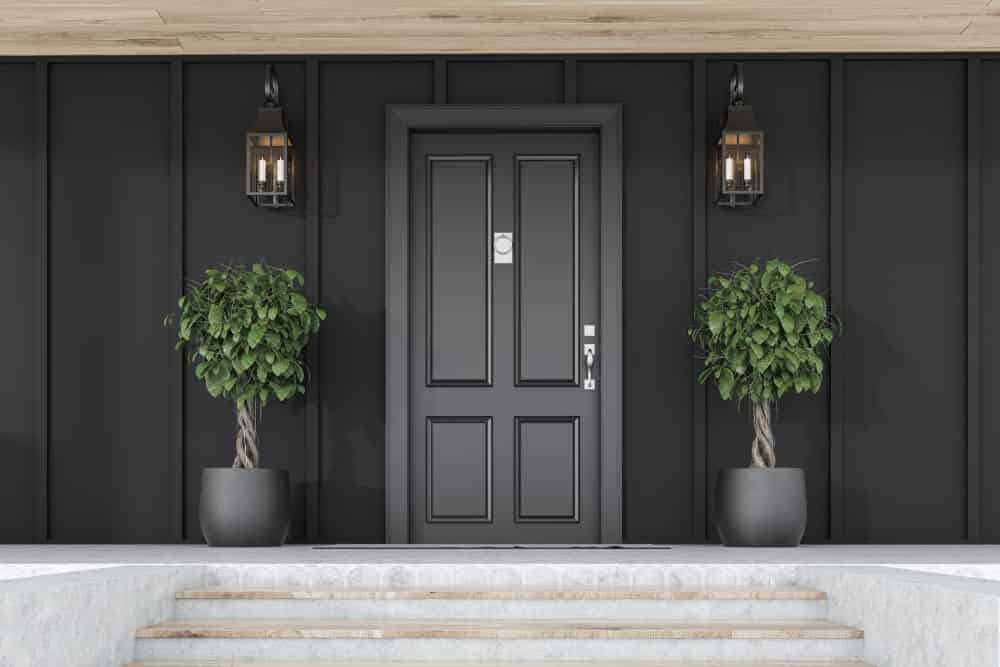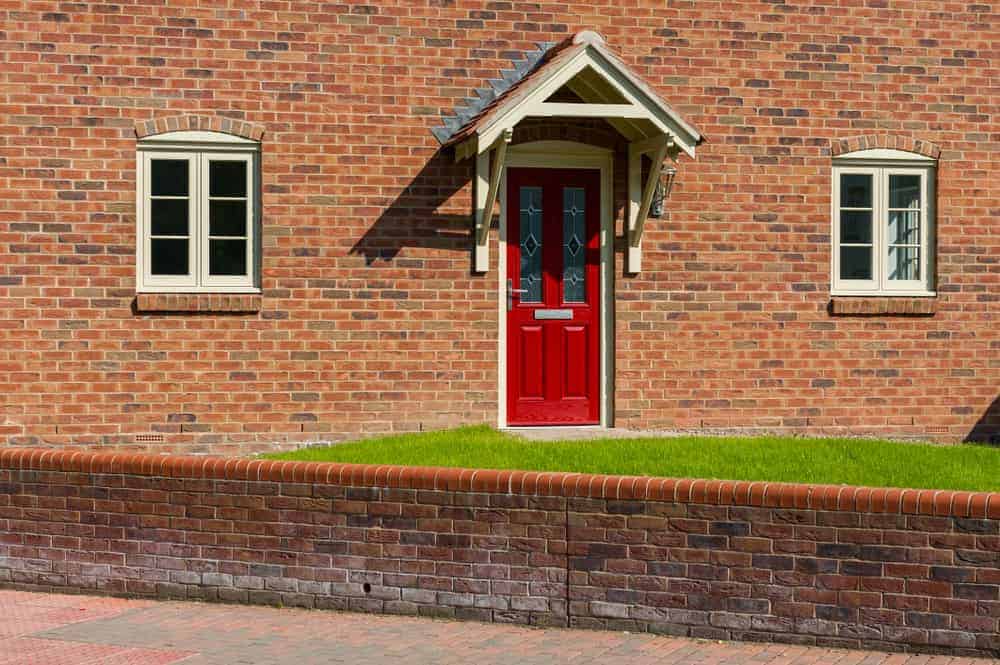4 summer home improvement projects to do this year
When we speak to our customers, they often inform us of the many home improvement projects they’re looking to complete...
Read MoreLast Updated: 29 April 2025
There are no specific regulations for doors in people’s homes in the UK, but there are general building regulations that apply to all buildings, including homes. The Building Regulations 2010 sets out minimum standards for the construction, alteration, and extension of buildings to ensure they are safe, accessible, and energy efficient.
While the Building Regulations do not set out specific requirements for doors in homes, there are certain aspects of doors that are covered by the regulations. For example, all doors in homes must be designed and constructed to resist the spread of fire, which means they must be made of materials that are fire-resistant and meet certain standards of performance.
In addition, doors must also provide a safe means of escape in case of a fire, which means they must be designed to open easily and be of an appropriate size and height to allow people to escape quickly and safely.
Despite the lack of strict regulation when it comes to door sizes, it is important to choose doors that are safe, reliable, and fit for purpose, and to ensure that they are installed correctly to comply with the relevant building regulations.

In the UK, the standard height for residential doors, both internal and external, is typically 1981mm (6 feet, 6 inches or 78 inches). However, external doors can sometimes range up to 2032mm (80 inches) in height. These measurements refer to the door leaf itself, not including the door frame. Keep in mind that actual door sizes may vary depending on the manufacturer and specific requirements of the building project.
Internal doors: Standard widths for internal doors are typically 610mm (24 inches), 686mm (27 inches), 762mm (30 inches), and 838mm (33 inches). These sizes accommodate most room entrances and allow for easy passage of people and furniture. The widths are sufficient for the majority of residential applications and provide an adequate level of privacy and noise reduction.
External doors: Standard widths for external doors are generally 813mm (32 inches), 838mm (33 inches), and 914mm (36 inches). These wider dimensions are designed to accommodate the entry of larger items, such as furniture or appliances, into the building. The increased width also provides better security and insulation, as external doors need to be more robust than internal doors.

To determine the size of your door, you need to measure its height, width, and thickness. Here is a step-by-step guide on how to measure your door:
Door size matters for several reasons, as it can affect the functionality, accessibility, aesthetics, and safety of a building or living space. It can potentially influence the sale of your house, although it may not be a primary concern for most buyers.
Front doors are generally wider than internal doors to accommodate the entry of larger items, such as furniture or appliances, into the building. Additionally, they are designed to be more robust, providing better security, weather resistance, and insulation than internal doors.
While these standard sizes serve as guidelines, actual door sizes may vary depending on the manufacturer and specific requirements of the building project. Custom or non-standard door sizes may be used when necessary, such as in cases of accessibility requirements or unique architectural designs.

Transform your living space with our expertly crafted bespoke doors! Elevate your home’s style and functionality with unique, tailor-made solutions designed to fit your exact needs. Contact us today for a free consultation and discover the perfect custom door size for your home – experience the difference that only our company can provide.
When we speak to our customers, they often inform us of the many home improvement projects they’re looking to complete...
Read MoreAbsolutely! Bifold doors are perfect additions to conservatories thanks to their slim sightlines and large panes of glass. Conservatories are...
Read MoreUnfortunately, thieves are becoming smarter and working out new ways to break into our homes. It means our home security...
Read MoreWhether choosing a composite door from a vast range of styles or a bespoke timber door, there are always plenty...
Read More